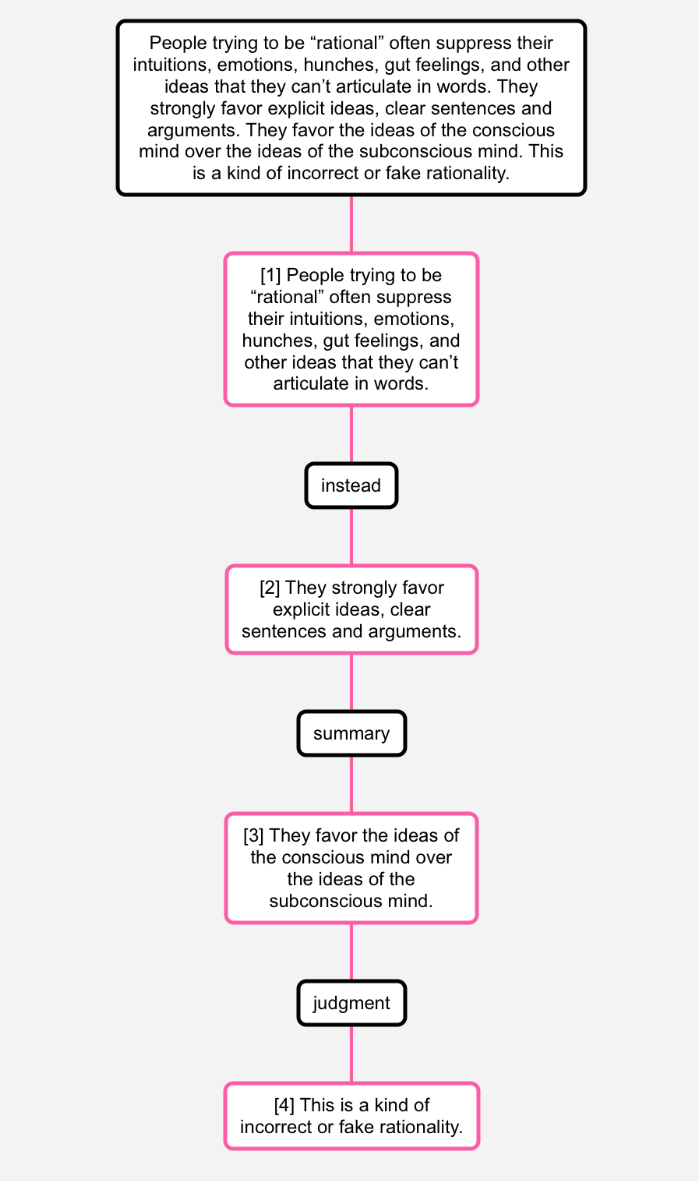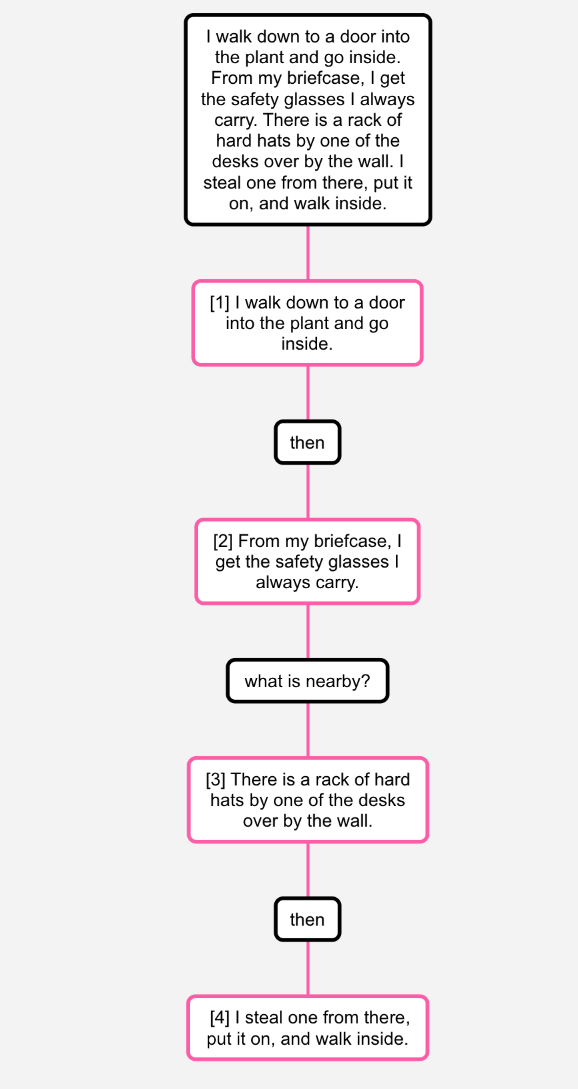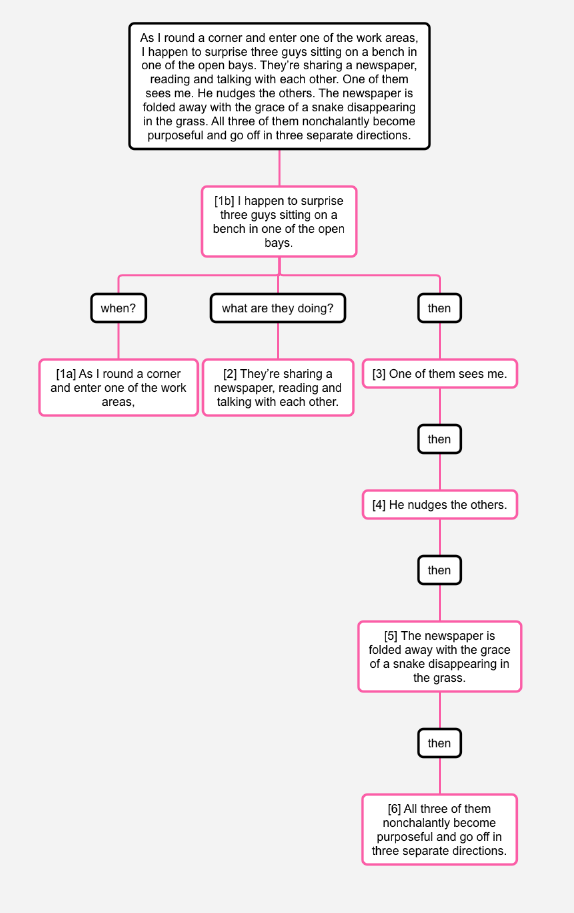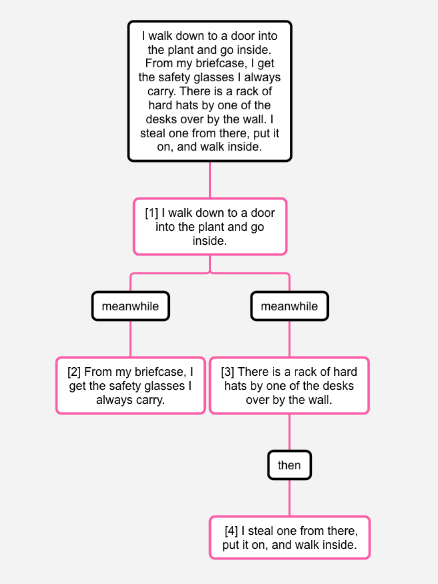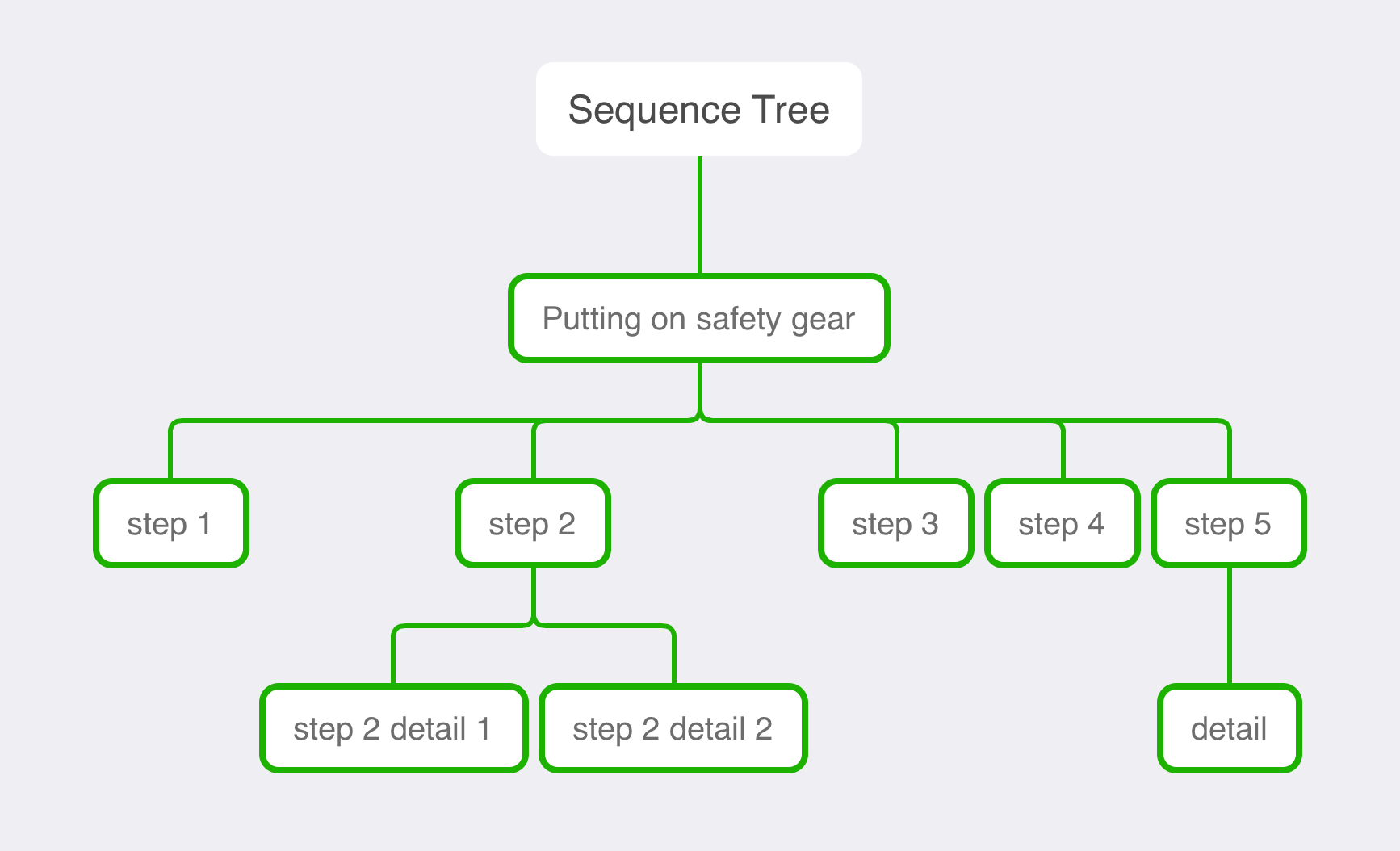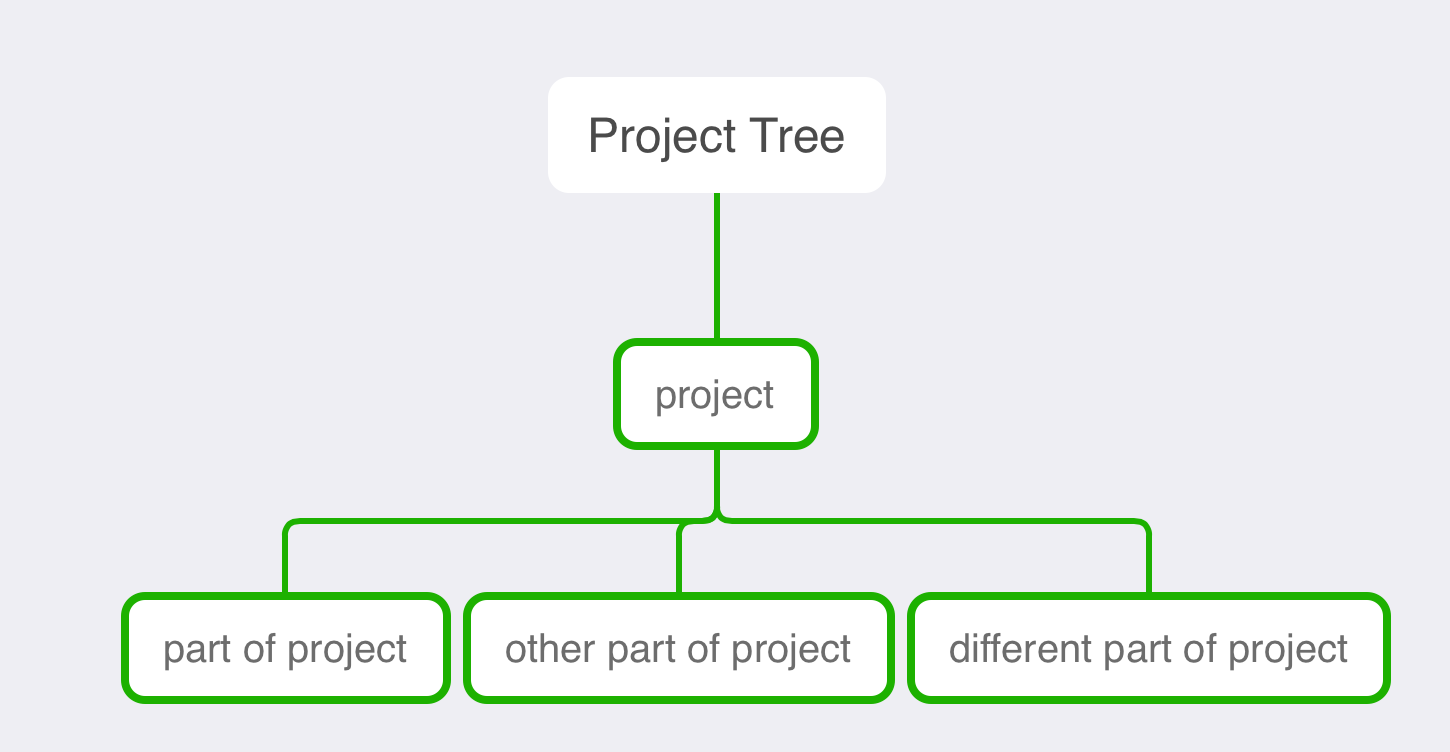From your article Intuition and Rationality
People trying to be “rational” often suppress their intuitions, emotions, hunches, gut feelings, and other ideas that they can’t articulate in words. They strongly favor explicit ideas, clear sentences and arguments. They favor the ideas of the conscious mind over the ideas of the subconscious mind. This is a kind of incorrect or fake rationality.
A lot of what follows is just a log entry of my thoughts as they came btw.
I first split the paragraph up into sentences. Then I number each sentence.
[1] People trying to be “rational” often suppress their intuitions, emotions, hunches, gut feelings, and other ideas that they can’t articulate in words.
[2] They strongly favor explicit ideas, clear sentences and arguments.
[3] They favor the ideas of the conscious mind over the ideas of the subconscious mind.
[4] This is a kind of incorrect or fake rationality.
(This makes it easier to refer to later, and also it helps you to keep track of the original order of the sentences. In the past, I’ve made paragraph trees that did strange things with regards to the original order of the sentences, and this measure is intended to acknowledge that original order. Like, they were put in that consecutive order for a reason, and while it doesn’t tell you everything, it should be kept in mind.)
I think [1] is the main paragraph. [2] feels like a corollary of [1], but not like a logical corollary? I’m not really sure how ‘corollary’ should be used properly actually. The dictionary definitions are a big logic-y so might avoid it.
Its like they favour [2] instead of favouring [1]. [2] as an alternative to [1]. Hmm no, I think I’m looking at the meaning of e.g ‘X’ rather than the full meaning which is “People trying to be rational do X”
[2] does seem like a part of [1] in the sense that, someone trying to be rational and suppress inexplicit ideas, is suppressing them for the sake of explicit ideas. Part of strongly favouring explicit ideas, is favouring inexplicit ideas less. But that would make [1] a part of [2]. Ahh.
Okay I’ll come back to it.
I think [3] is a kind of summary or restatement of what the first two sentences mean together, and it connects inexplicit/explicit ideas to the subconscious/conscious minds.
And I think [4] is a judgment about that summary idea.
Maybe just ‘instead’ between [1] and [2] is okay for now.
Tree:
Time ~31mins.
